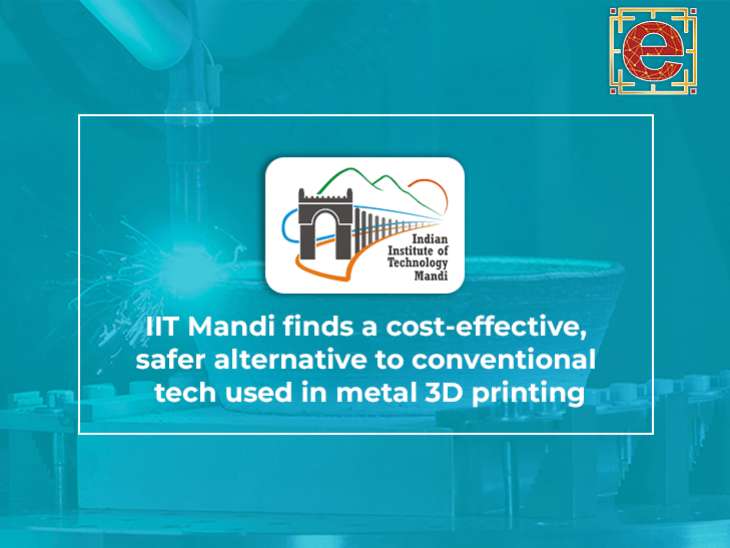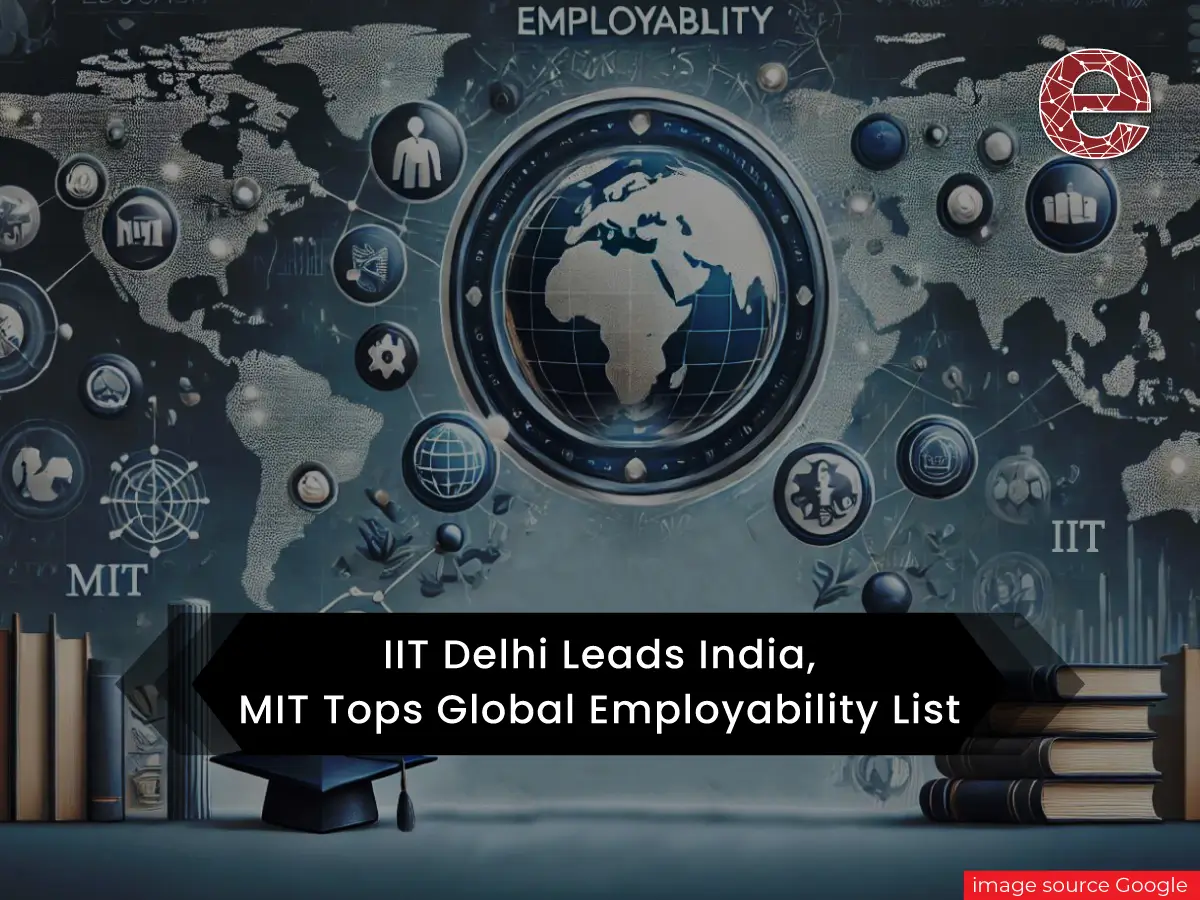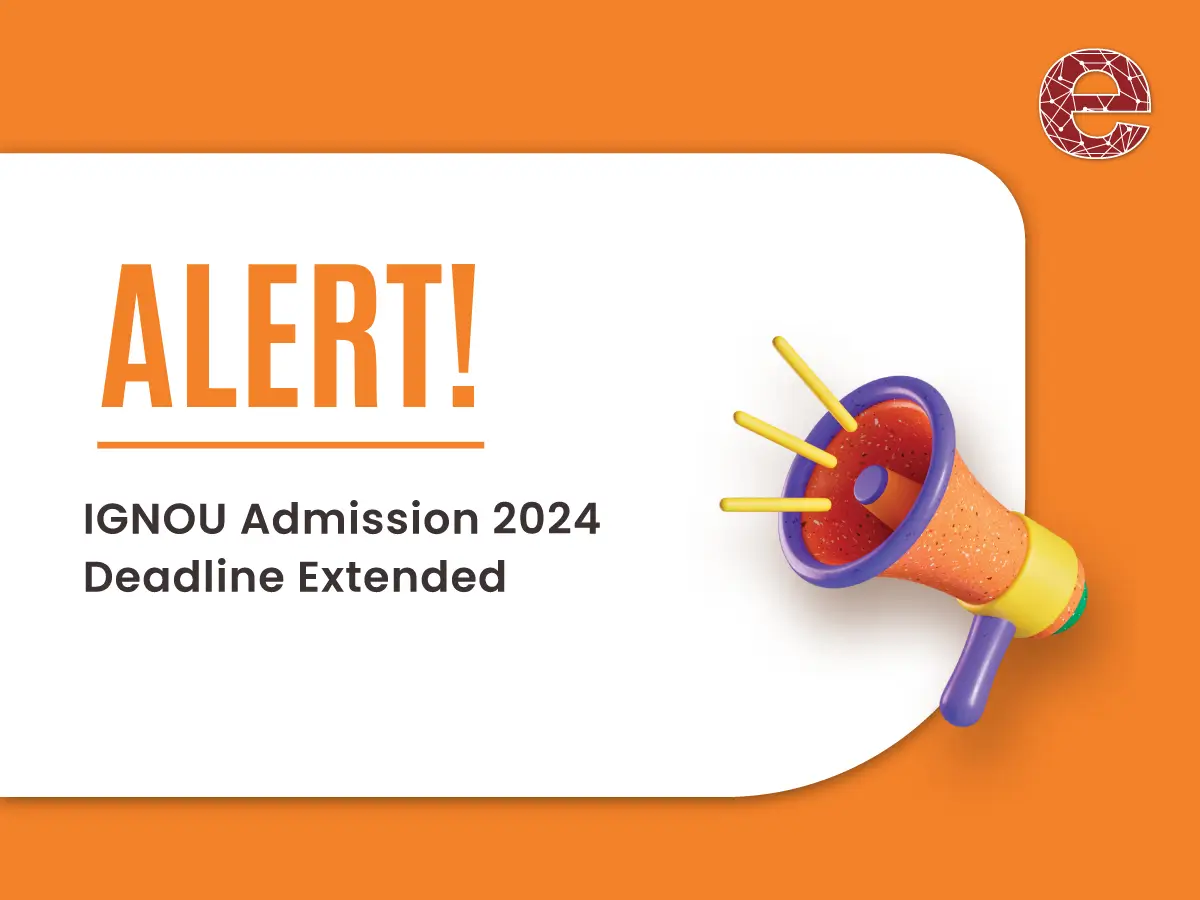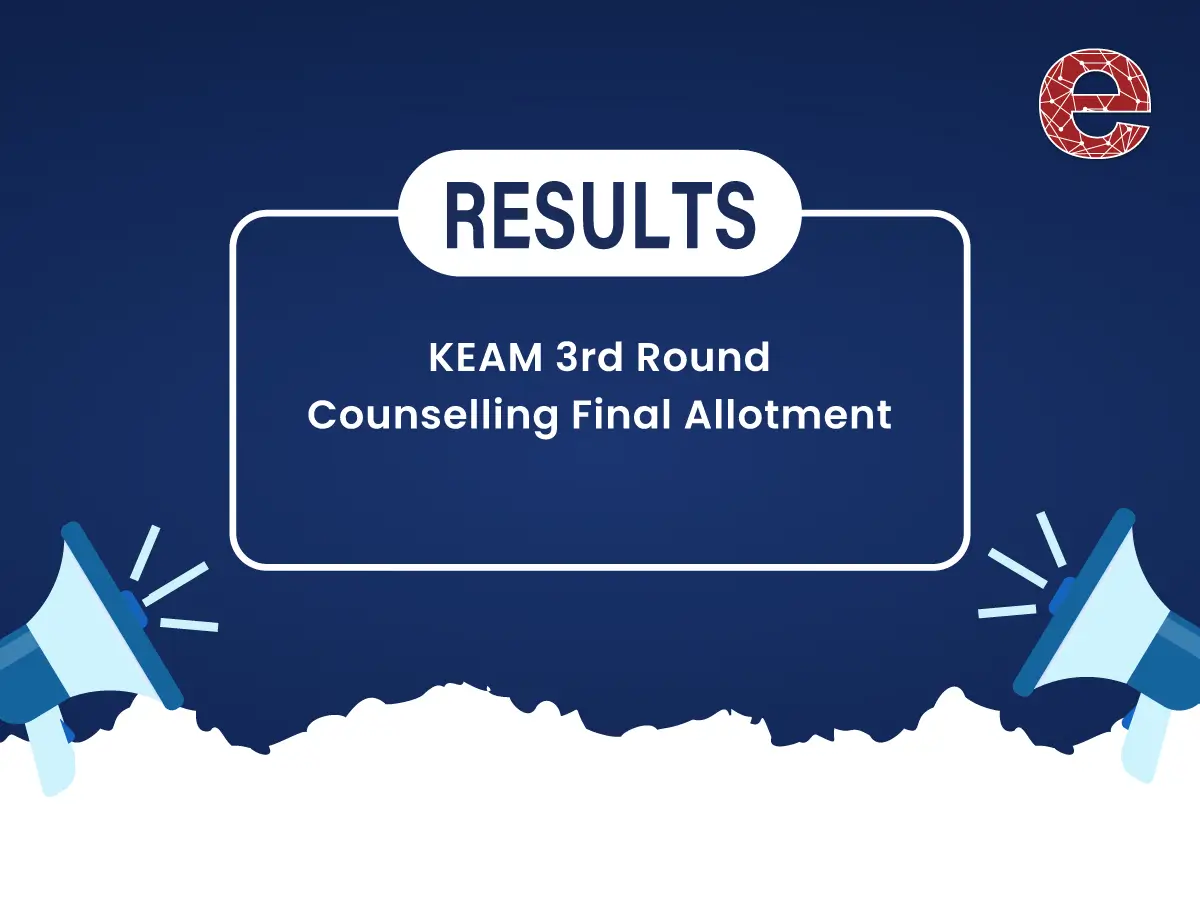IIT Mandi Finds A Cost-Effective, Safer Alternative To Conventional Tech Used In Metal 3D Printing
Campus News

Researchers at the Indian Institute of Technology (IIT Mandi) discovered that the extrusion-based metal additive manufacturing process is the most superior and cost-effective method in metal 3D printing when compared to other approaches.
Metal additive manufacturing (metal AM), according to officials, uses thin metal powders to build durable, complicated components using computer-aided design (CAD) software or 3D scanning.
"This layer-by-layer manufacturing process offers flexibility in designing complex structures, finding applications in diverse industries such as aerospace, automotive, spare parts, heat sinks, biomedical devices, and construction materials," said Naveen Kumar Bankapalli, Research Scholar, the Indian Institute of Technology (IIT), Mandi.
While Powder Bed Fusion (PBF) and Direct Energy Deposition (DED) are popular metal additive manufacturing technologies, Bankapalli noted that the extrusion-based process is more cost-effective, less dangerous, and provides more design freedom. "At the moment, only foreign companies control the entire process, creating a monopoly." "Our goal is to provide potential producers with a thorough understanding of the process, allowing for independent development of the technology," said Prateek Saxena, Assistant Professor at IIT-Mandi's School of Mechanical and Materials Engineering.
- IIT Mandi Finds A Cost-Effective
- Safer Alternative To Conventional Tech Used In Metal 3D Printing
- Metal additive manufacturing (metal AM)
- While Powder Bed Fusion (PBF)
- Direct Energy Deposition (DED)











